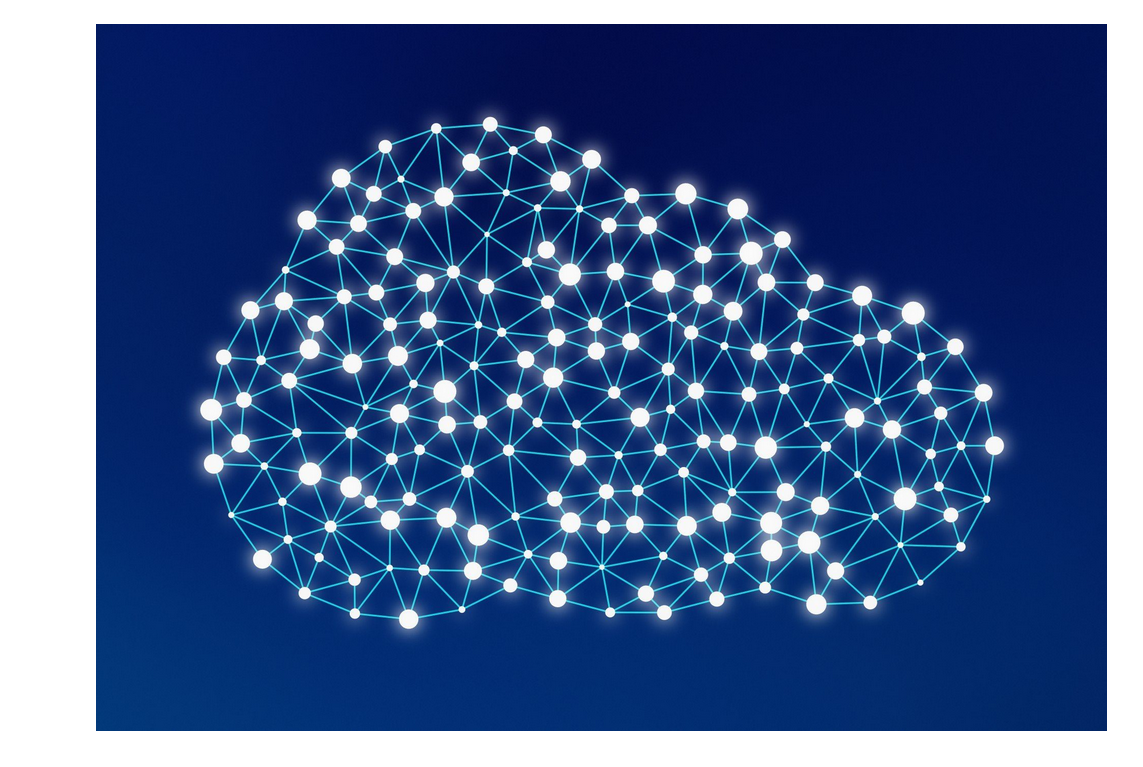The Edge Computing Infrastructure Market: A Technology and Market Forecast 2020 – 2024エッジコンピューティングインフラ市場:2020年から2024年までの技術と市場予測 米国調査会社CIR社(Communications Industry Researchers)の調査レポート 「エッジコンピューティングインフラ市場:2020年から2024年までの技術と市場予測」 は、今後5年間のエッジコンピューティングによ... もっと見る
Summary
Description The goal of CIR’s Edge Computing Infrastructure Market report is to forecast where the revenues and volume shipments will be generated from edge computing over the next five years. In order to achieve this goal we define the key products that will be sold due to the edge computing surge. The edge products that are covered in this report include but are not limited to: edge gateways, edge servers, edge routers, dedicated edge networking software, edge networking hardware and components including transceivers, security software, edge networking analytics software, etc. The report also forecasts revenues for services associated with edge computing including edge computing functionality delivered as a service. Finally, the report will discuss the transceiver rates that will be necessary in the edge computing environment. In the Edge Computing Infrastructure Market report, we also (1) monetize the impact of edge computing on cloud and data center markets, and (2) discuss the impact of edge computing on the optical networking/optical module space. While the report does not provide an in depth applications (e.g. gaming, smart cities) analysis (addressed in other future CIR reports), it does discuss – and forecast – revenues generated by specific edge computing environments, edge clouds, 5G mobile and for Internet-of-Things.(IoT). In addition to an analysis of the hardware, software and services related to edge computing, this report also contains strategic profiles of leading vendors and startups active in the edge computing space. In these profiles we discuss the product/market strategies employed by companies targeting the Edge Computing Infrastructure Market. This report is designed to guide business development executives, product managers, investors and others to recognize key opportunity areas in the edge computing market. Table of Contents
Executive Summary
Chapter One: Introduction
Chapter Two: Edge Computing: Architectures, Technologies and Ecosystems
Chapter Three: Edge Computing Products and Five-year Forecasts
Chapter Four Edge Computing Market by Region/Country
Chapter Five: Vendor Profiles
Acronyms and Abbreviations Used in this Report
Press Releaseanuary 14, 2021 Edge Computing Infrastructure Revenues to Reach $17.9 billion by 2025 Says New CIR Report
Crozet, Virginia: According to a newly issued report from industry analyst firm CIR, Edge Computing Infrastructure Revenues will reach $17.9 billion by 2025 with an additional $1 billion in optical modules and networking to support the improved transport of edge data. Edge computing is what’s next in data communications. The main driver for Edge Computing Infrastructure Revenues is the need for a platform for new kinds of traffic including AI, self-driving cars, smart cities and IoT data. Edge computing enables such traffic to be siphoned from the main cloud to an edge computing network that provides the low-latency and reliability needed by new kind of traffic. “Latency and resiliency are important for video,” says Lawrence Gasman, President of CIR, “but for self-driving cars and IoT, these factors can literally be a matter of life and death. The giants of computing and cloud services see edge computing as an important new source of business revenues while savvy VCs are actively searching for innovative edge computing startups to invest in.”
About the Report The goal of CIR’s report is to identify the opportunities in edge computing and to quantify them in terms of both revenues and volume shipments from 2021 to 2025. The analysis and forecasts cover all the main parts of an edge computing network including gateways, servers, routers, and specialized software. In addition, the report also forecasts revenues for services and optical networking gear associated with edge computing. There is also a breakout by region in the report. This report also contains strategic profiles of leading vendors and startups active in edge computing space. Among the companies covered are the giants of information technology, all of whom see edge computing as a major opportunity (Amazon, Cisco, Dell, Google, HPE, Huawei, Intel, Microsoft, and NVIDIA are examples here). There are also profiles of less iconic firms active in edge computing space – firms such as Affirmed Networks, Clear Blade, EdgeConneX, FogHorn, Kontron, MobiledgeX, Mutable, Suguna, Swim.ai, and Vapor.io. Edge networks have been built for some time using conventional equipment. What has changed, however, is that many of the leading vendors and service providers in this space are branding their products specifically for edge computing. In the profiles of important players in the edge computing space, this CIR report discusses the product/market strategies currently employed by companies active in this space. It also discusses in some detail how 5G deployment impact the potential deployments of edge computer networks.
From the Report
About CIR Communications Industry Researchers (CIR) has published hype-free industry analysis for the optical networking and photonics networks for more than 25 years. Our reports provide informed and reasoned market forecasts and industry analysis to a global roster of companies.
ご注文は、お電話またはWEBから承ります。お見積もりの作成もお気軽にご相談ください。本レポートと同分野(通信・IT)の最新刊レポート
Communications Industry Researchers社のその他分野での最新刊レポート
本レポートと同じKEY WORD(edge computing)の最新刊レポート
よくあるご質問Communications Industry Researchers社はどのような調査会社ですか?CIR社は、米国ヴァージニア州に本社をおく光通信、ネットワーク産業の調査会社です。 もっと見る 調査レポートの納品までの日数はどの程度ですか?在庫のあるものは速納となりますが、平均的には 3-4日と見て下さい。
注文の手続きはどのようになっていますか?1)お客様からの御問い合わせをいただきます。
お支払方法の方法はどのようになっていますか?納品と同時にデータリソース社よりお客様へ請求書(必要に応じて納品書も)を発送いたします。
データリソース社はどのような会社ですか?当社は、世界各国の主要調査会社・レポート出版社と提携し、世界各国の市場調査レポートや技術動向レポートなどを日本国内の企業・公官庁及び教育研究機関に提供しております。
|
詳細検索
2025/03/13 10:26 149.31 円 162.97 円 196.34 円 |


 米国調査会社CIR社(Communications Industry Researchers)の調査レポート「エッジコンピューティングインフラ市場:2020年から2024年までの技術と市場予測」は、今後5年間のエッジコンピューティングによる収益と出荷量を予測する為に、エッジコンピューティングの急増により販売されるであろう主要製品を定義している。
米国調査会社CIR社(Communications Industry Researchers)の調査レポート「エッジコンピューティングインフラ市場:2020年から2024年までの技術と市場予測」は、今後5年間のエッジコンピューティングによる収益と出荷量を予測する為に、エッジコンピューティングの急増により販売されるであろう主要製品を定義している。